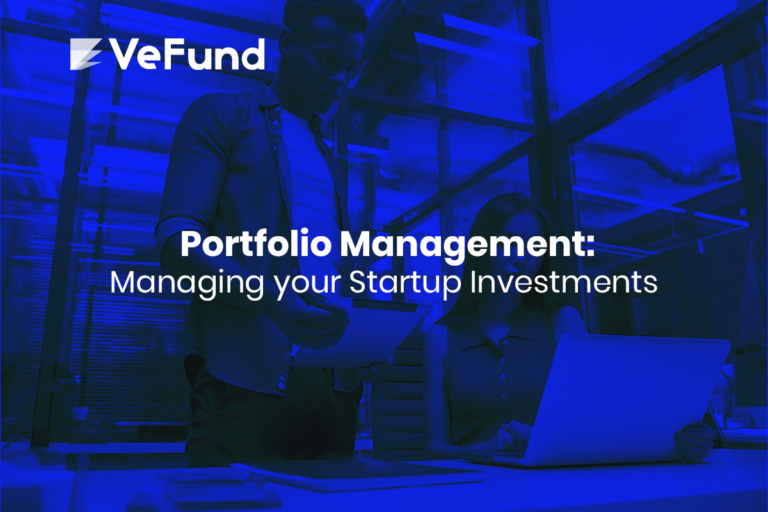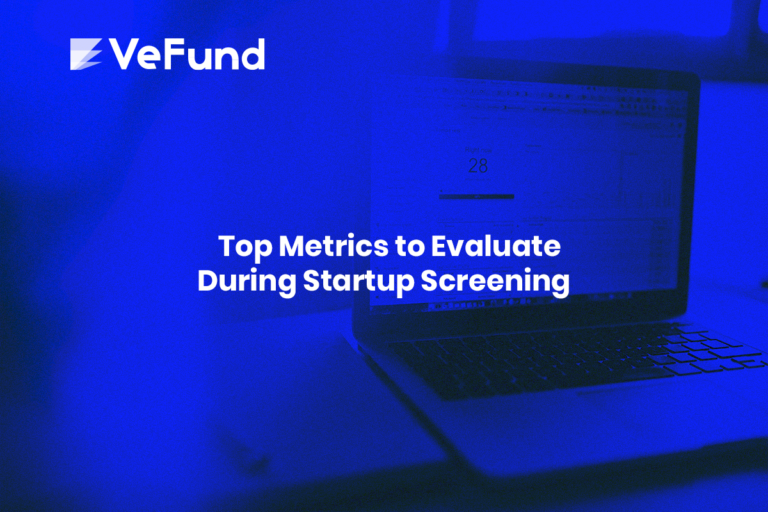Screening Early stage vs. Late-Stage Startups: What’s the Difference?
Startups develop at a dramatic pace. Investing in a startup that is barely starting is incredibly different from investing in a growing or expanding startup. The startup focus changes at each stage. The same is true for the investors’ focus.
To point out the key differences, startups are categorized into different stages. We will categorize them here into early stage and late-stage startups.
An early-stage startup typically raised 0-2 small funds. The startup’s product would still be in MVP or beta, with few exceptions. They may also have a few customers and are working towards growing their customer base.
A late-stage startup typically raised a significant amount of funding. The product may be under continuous development but is attractive to its target customers. They have proven product market fit and the startup already has a relatively large customer base.
With that in mind, let’s dive into the investor’s focus when screening early v.s. late startups
Screening Early-Stage Startups
1. Founders and Team
In the early stage, the founders and the core team are everything to the startup. They are the #1 driver of the startup’s success or failure. Without a high-quality founding team, the startup won’t take off. Unlike late stages, founders’ conflicts and incompatibility could be fatal for an early-stage startup. This is why evaluating the founders and the team goes highly on the investors’ screening factors.
2. Market Opportunity
Assessing market opportunity means figuring out the existence and size of the potential market. The TAM SAM SOM Model is a good method for market sizing across all stages. It is especially relevant in the early stages due to the lack of company performance data.
3. Business Model
Would the business model work? Is it scalable? Is it sustainable? These are questions early stage investors ask to wrap their minds around the potential for the startup’s business model.
4. Product or Service
As mentioned, early-stage startups may not have a developed product/service in place. However, investors still need to check on the company’s product development progress and quality. This is key to evaluating the founding team’s execution skills.
5. Traction
How are the customers appealing to the product? If the product has launched, are customers interested and engaged? If the product hasn’t launched yet, are potential customers eagerly waiting and joining the wait list?
Screening Late-Stage Startups
1. Management Team
In the late stages, the team’s quality is still important. Investors need to know whether the company has the right personnel for achieving its goals. This includes both founders and managers.
2. Market Leadership
What is the company’s status against the competition? Are they gaining a significant market share?
This is vital for the company’s profitability, survival, and ability to attract talent.
3. Business Model
Even though the business model could have been validated in the early stages, it is wise to check if the business model is still relevant. Some companies also plan for entirely new projects. Testing the business model’s compatibility remains critical across both stages.
4. Financial Performance
Late-stage startups have generated enough financial history to be evaluated. Financial evaluation includes revenues, expenses, assets, and burn rate.
5. Exit Potential
Investors in late-stage startups have to account for a potential exit. Can the company go through an IPO or acquisition? These startups are crystalizing and exit should be foreseeable. That’s why investors need to know when their investment will become liquid.
Join VeFund
At VeFund, we support investors in the screening process with AI and automation tools. Check out our services on scouting, screening, and portfolio management.







